Ready to grow your blog?
You’re in the right place. Blogging is a highly scalable marketing strategy. And today, you’ll get 54 actionable ways to grow your blog.
Want to learn more? Read on!
How to Grow Your Blog:
1. Grow your blog from scratch
Is blogging still worth it?
Is blogging dead?
And isn’t social media the way to go? After all, it seems to overtake blogs when it comes to traffic.
Right…?
Not so fast.
Blogging is still a highly effective marketing strategy. In many ways, it’s far more effective than other strategies.
You see, more than three-quarters of internet users read blogs regularly. Over half of Fortune 500 companies maintain a regular blog as part of their marketing strategy.
56% have bought something after reading a blog post. And marketers who prioritize blogging see a 13x higher ROI than those who don’t. 70% of people would like to learn about companies from blogs rather than advertising.
So, while TikTok might give you a million followers in a couple of weeks, blogging can actually have a better ROI. After all, followers don’t matter nearly as much as revenue.
I should know. I have a “low” number of social media followers when compared to the size of my business. But my business is way more profitable than most in my industry because I focus on the sales channels with the best results rather than vanity metrics like follower counts or likes.
In fact, my own blog grew to multiple six figures in sales in two years. And I get more targeted traffic every day.
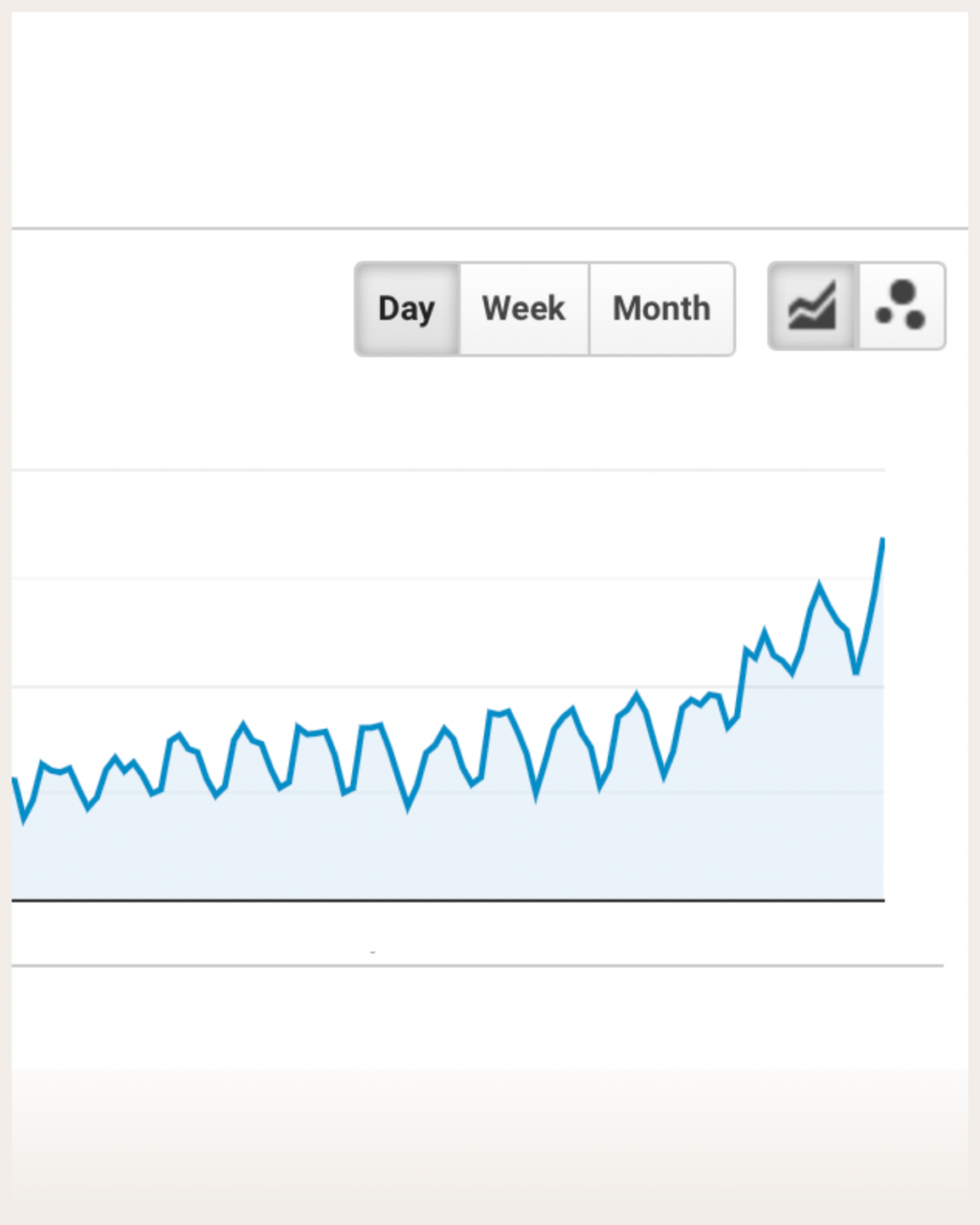
The biggest reason I was able to build a successful blog so fast is search engine optimization or SEO, which helps you grow organic traffic to your website over time.
Thanks to search traffic, more blog readers stumble across your website on search engines and read your high-quality content. In-depth content helps build trust quickly and has more blog readers subscribe to your sales funnel.
But one of the reasons people avoid blogging as a viable marketing strategy is that building a blog is slower than social media. How long does it take to grow a blog? Let’s talk about it.
How fast can a blog grow?
Depends on you!
Look: If you post two blogs a year, you can’t expect your blog to grow explosively.
Instead, you need to publish content consistently to see results. And then optimize that content for search engines.
On average, it takes three to six months for a new blog to start seeing consistent traffic – if it’s optimized for organic search.
You might be wondering how to optimize your blog.
Don’t worry! You’ll get all the steps here below. But first, let’s tackle the last objection to building your blog. How difficult is it to get blog traffic?
The 4-Step Automatic Attraction System
for attracting more clients daily... without paid ads, social media, or "hustle"!
Is it hard to grow a blog?
Growing a blog takes dedication.
And you need a great strategy to make it work.
You need to learn how to:
- Write engaging content
- Publish posts on your website
- Optimize blogs for search engines
- Convert your website visitors into paying customers
That said, writing a blog doesn’t have to be difficult.
If you have a list of email subscribers, you can repurpose that email content into blog posts.
Do you create great YouTube videos? Turn those videos into a blog post.
The hardest part is being consistent. Set aside time every month to work on your blogs – that’s how you ultimately start seeing results.
Convinced that blogging is worthwhile in 2023? Great! Let’s start growing your blog.
How to grow your blog from scratch
In the next sections, I’ve outlined actionable tips to build your blog. The first three sections apply to all types of online businesses. The final section on expanding your reach shares tips for different business models. But they all contribute to growing your blog if you put the work in.
This section is all about the fundamentals of building your blog before you even start writing. Read on!
1. Decide on your niche
The first step?
Decide on your niche.
Having a niche is the most effective way to build a successful blog. You see, with a more general blog, you’re competing against everyone. But with a niche, you can really stand out.
For instance, a marketing agency wouldn’t talk about “marketing” but start with a more specific niche (such as advertising, SEO, branding, or PR).
Sure, a big site like HubSpot speaks about several marketing topics – but that’s because their blog is super established.
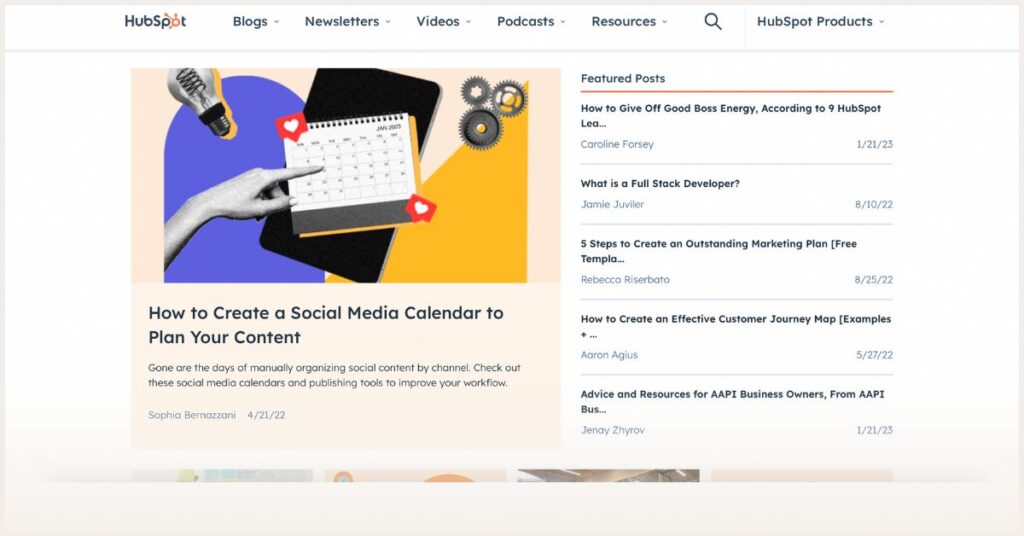
You have to earn your stripes first by building expertise in one niche.
Look at what your business does and if it’s too broad, niche down to one of your core services.
If you need more, I share exactly how to nail down a profitable niche in this short video:
When you’re done with your niche, it’s time to figure out your audience.
2. Define your target audience
You need to know who you’re speaking to.
Who is your ideal customer? What type of blog do they want to read?
Remember: This has to be someone who is both willing and able to buy from you. Without speaking to such a clientele, your blog won’t be of much value to your business.
If we, again, look at HubSpot’s blog, it speaks to different audiences, including marketing and sales teams, as well as managers.
But when you’re starting out, you want to focus on one target audience. Again, build up expertise in one area first.
Once you’re clear on who your target audience is, it’s time to find your first topics.
3. Do keyword research in your niche
We’re going to talk about search engine optimization (SEO) in detail later on. But this first SEO step will help you so much with planning your content.
You see, keywords are search terms that your customers are typing into Google to find information.
If your article ranks for that keyword, those people might click through to your blog.
In other words, when you’ve built up targeted traffic, people will start finding you without any extra effort instead of you having to chase them.
But to get to that point, you need to use keywords.
Always use one target keyword when writing an article. And look at low-competition keywords when you’re first starting out.
What are low-competition keywords? They are search terms that don’t have too many high-traffic articles written about them.
Start by using Google Keyword Planner (GKP) to research topics in your niche. Simply type in a keyword phrase you think your audience might use and see what your search produces.
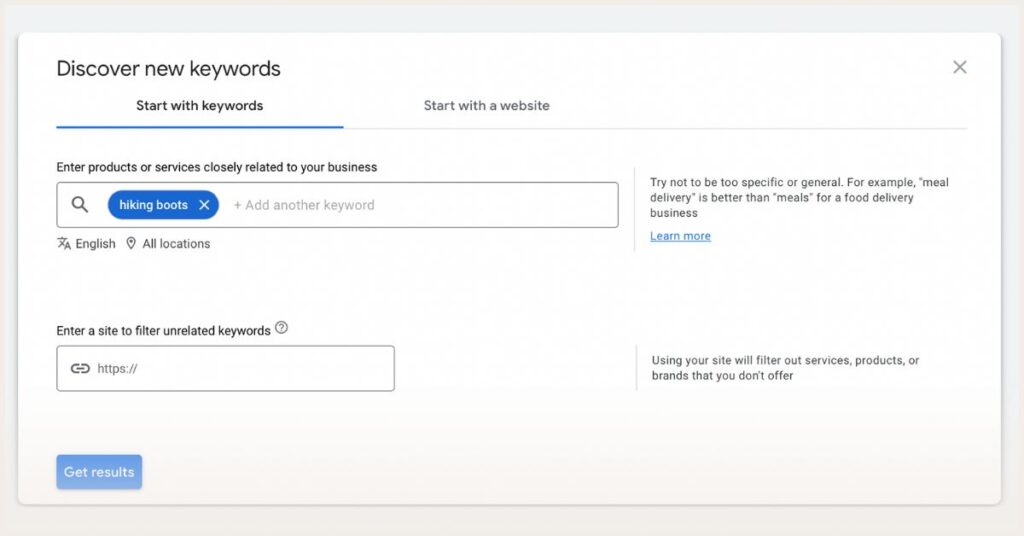
Then open up Google, add one of the keywords and look at the search results.
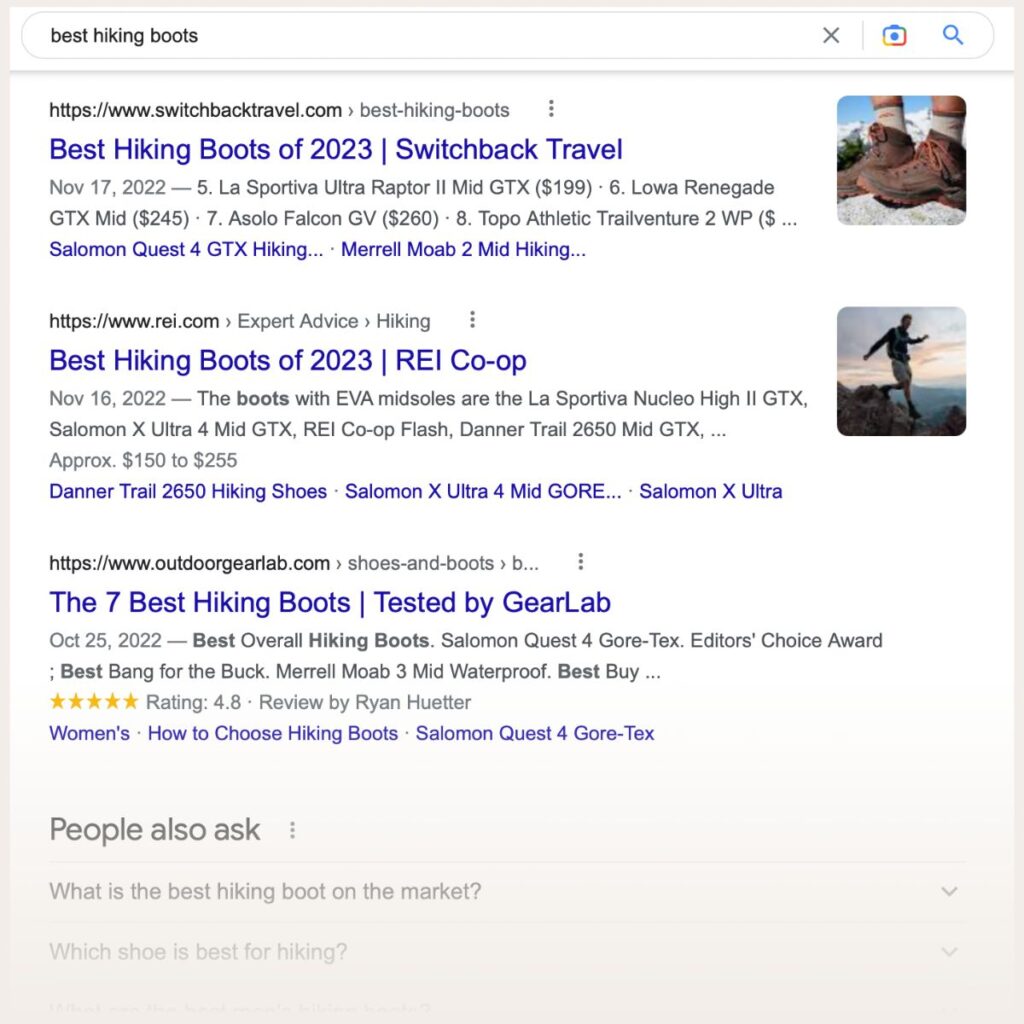
If there are a ton of large websites like Forbes, New York Times, and Mayo Clinic ranking for the keyword, go back to GKP and find another alternative. You can tackle more competitive keywords when your website traffic is growing.
Instead, try other keywords that have fewer large websites in the search results. That’s the sweet spot.
Now, some “gurus” tell you to just focus on long-tail keywords at this point. A long-tail keyword is a search phrase that consists of more than three words.
A few long-tail phrases:
Find a barber in New York City
Best travel tips for Barcelona
How to find running shoes
They are typically lower competition keywords. But there’s a problem: Too many long-tail keywords can look spammy to Google.
So instead of focusing on long-tail keywords, also look at medium-tail keywords (two or three words).
4. Understand search intent
Finally, there’s a keyword concept you should be aware of. That’s “search intent.”
You see, the keyword you use can have different meanings. A good example is the keyword “Titanic.”
There is the historical event and then there is the movie.
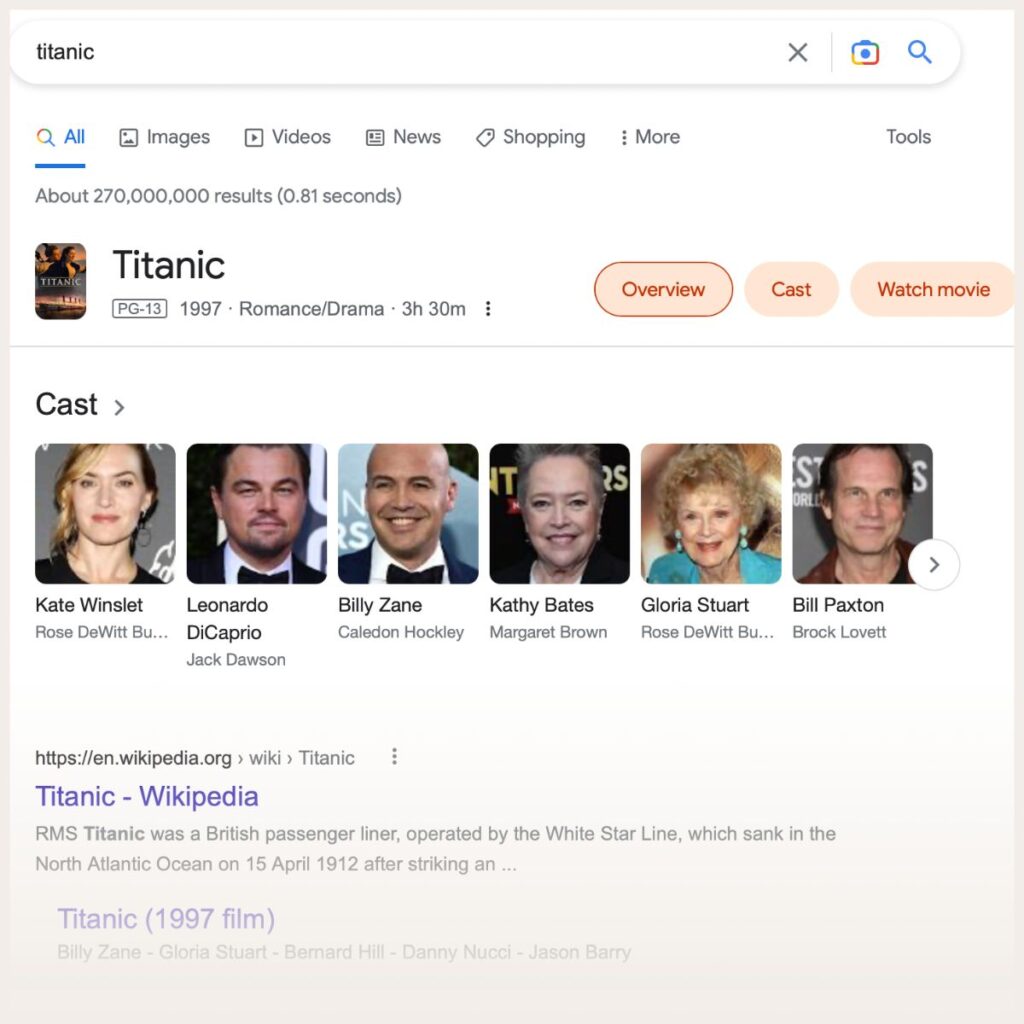
If you optimize your content for one keyword, but most people expect to find something else when they search for that keyword, your post probably won’t rank.
So check your keyword in the search results before committing to it.
Next, let’s look at how to find even more ideas for your topics and keywords.
5. Use Answer The Public to get content ideas
Answer The Public is a search aggregate website that measures the most asked questions on the internet.
And it’s a gold mine for finding topics that you can research in GKP.
Type in a topic in the search bar. (“YouTube marketing,” “fitness,” or “public speaking.”)
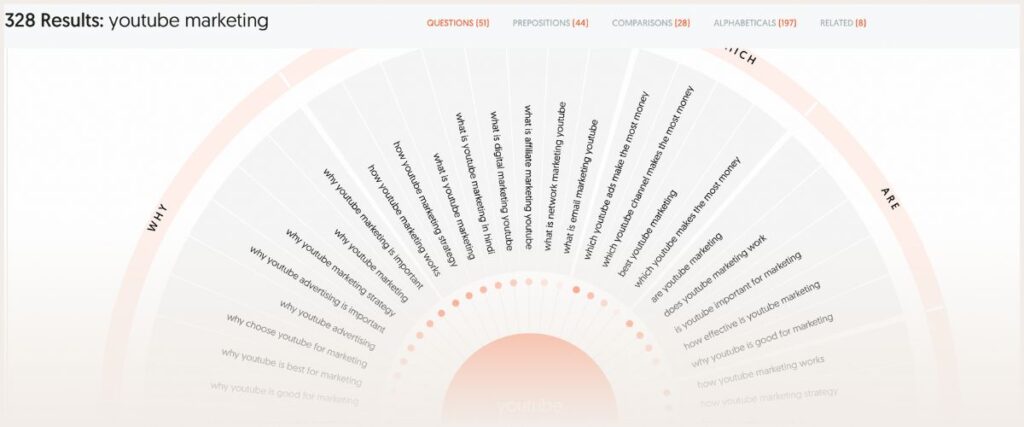
The tool generates lists of potential keywords based on what people are searching for. Note down the suggestions you get and move on to the next step, competitor research.
6. Analyze your competitors
Your competitors, especially those with already big blogs, can give you a wealth of information.
Go to GKP and click on “Start with a website.”
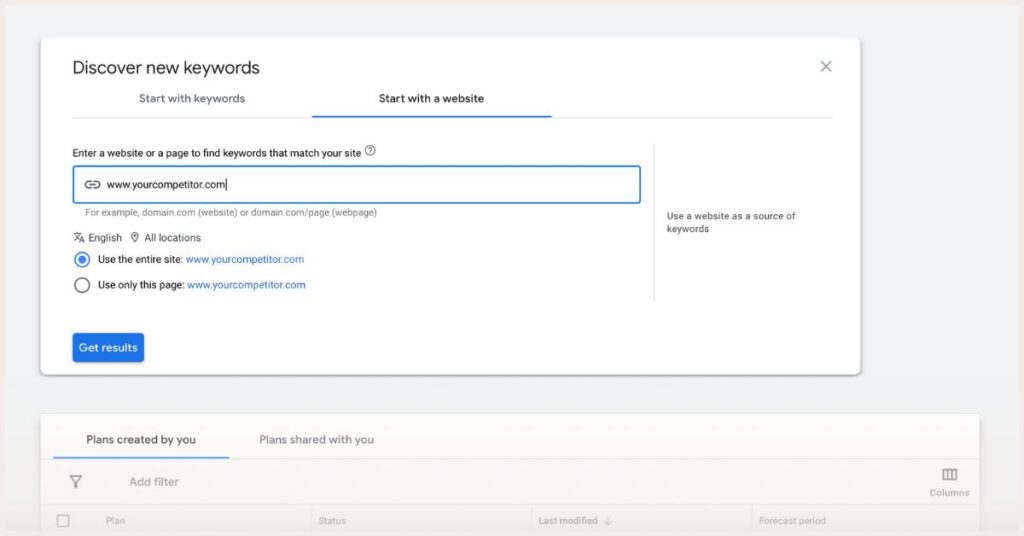
Type in your competitor’s URL. You’ll now get a list of competitor keywords to research.
Plus, take a look at their blogs. What are they doing that you could improve on with your own blog?
7. Follow industry blogs for hot topics
Are trending topics worth it?
On the one hand, emerging trends aren’t always ideal for long-term SEO traffic because the novelty will eventually wear off.
But on the other hand, trending topics can make your business go viral. By using popular topics, you’ll quickly build authority in your industry.
If you create a timely article around the hot topics in your industry, you can get more shares and brand recognition.
How do you find hot topics? Industry blogs, newsletters, and social media are some top sources.
When you see an interesting topic, create an outstanding post and share it around.
8. Sign up for useful SEO tools
While growing your blog takes work, tools and software can make the job far easier to handle. But what are the best SEO tools to help grow your blog?
Here are the top ones I use:
- Ahrefs and SEMRush: Get search data on target keywords, competitors, rankings, and more.
- Google Keyword Planner: Use Google’s free keyword tool to get more keyword data.
- Google Search Console: Get search data on how your own website performs in search results.
- Yoast: Use the WordPress plugin to optimize your search rankings.
- Answer The Public: Get data on related topics in your niche.
And if you want to speed up your content creation, AI tools like Jasper.ai can help you create content faster. Note, though, that these tools are against Google’s guidelines so you definitely shouldn’t automate the entire process. A human needs to review the content before you publish it, whether that’s yourself or someone on your team.
9. Create an editorial calendar you can stick to
Consistency is key for creating a successful blog.
And an editorial calendar makes it so much easier to keep up that consistency.
The good news is that you don’t need to blog every week to see results. Instead, once or twice a month is enough – as long as you offer incredible value.
Write in-depth blog posts that really highlight your expertise. Once you’re at a level where you can start outsourcing parts of your blog, you can create more content. But right now, focus on being consistent.
I used to blog one to two times a month and that got my blog to multiple six figures. You don’t need a ton of content.
10. Sign up for an SEO course
The “fast lane” to learning what it takes to grow your blog is to take an SEO course.
You see, you can avoid so many mistakes around growing your blog if you learn from people who have already done what you want to achieve.
One such course is Clients Come to Me, which teaches the step-by-step of how I was able to grow my blog to multiple six figures in two years. You’ll learn a consistent and profitable system for attracting clients with amazing content.
Sign up here to save your seat for my free class on how to automatically attract traffic to your blog.

11. Build an email list
Something I hear from time to time is:
“Wait, Luisa, isn’t email marketing dead?”
Nope, it isn’t. Email is still the strategy that can deliver $42 for every $1 invested.
Not only is it essential if you want to build an engaged audience and monetize your blog, but it will also help you promote your blog.
Send your content to your blog subscribers to get an initial boost in blog traffic.
Plus, your email subscribers are some of your biggest fans – they want to share your content.
How do you build an email list, though?
I talk about it more in this short video:
And here’s how to get people to join your email list.
12. Use a lead magnet to incentivize people to join your email list
Want to increase your email sign-ups? Create a “lead magnet” that your ideal customer will love. A lead magnet is a free, but incredibly valuable, PDF.
You might offer a step in your methodology. (A video on a 15-minute morning workout to build abs.)
Or a strategy overview. (The steps people need to take to go from Y to Z.)
Then, promote your lead magnet with an email opt-in form on your blog.
An opt-in form is a form you place across your blog. It can be a popup, a sidebar form, an in-post opt-in form…there are plenty of options. Here’s what my pop up looks like:
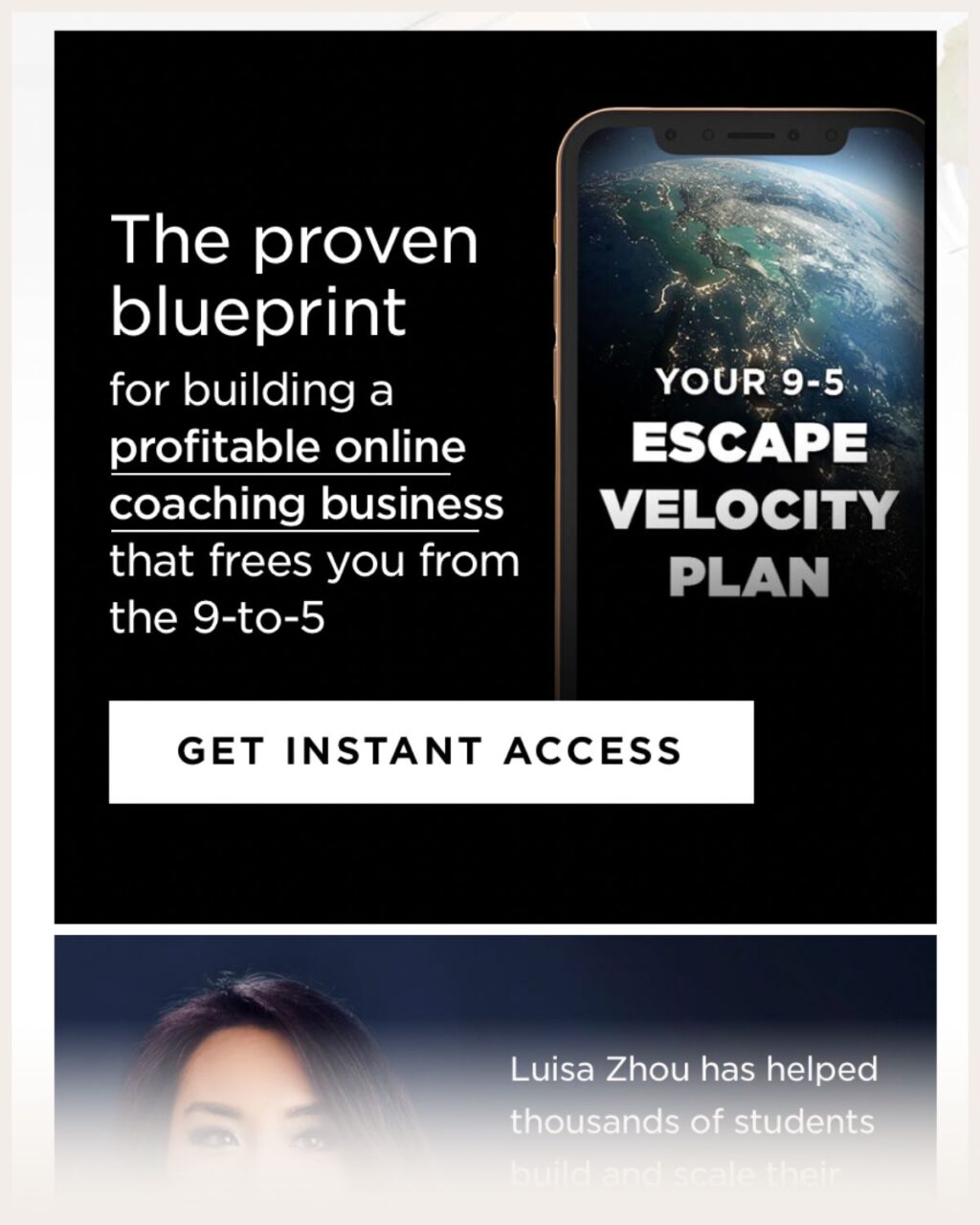
You can use tools like PopupAlly to create your opt-in form.
Now you know how to build a blog. But what about writing stand-out content? Here’s what you need to know.
How to create blog content your customers love
By now you’ve added topic ideas to your content calendar. Let’s start writing! These are my best tips on how to create engaging blog content that your audience will love.
13. Focus on high-quality blog posts
One of the main things Google looks at when ranking web pages is your content.
Think about it: There are 500 million blogs. If you want your blog to stand out, you need to provide something truly valuable and different enough.
A high-quality blog post keeps your audience reading and fully answers their question. You want to create an engaged audience that doesn’t feel the need to keep searching.
You see, Google’s algorithms understand if someone clicks on your blog and immediately or very soon after goes back to the search results and keeps on reading the articles. (This is called a “bounce rate.”)
There’s no “one-size-fits-all” advice when it comes to blog post length. Google has said so itself…
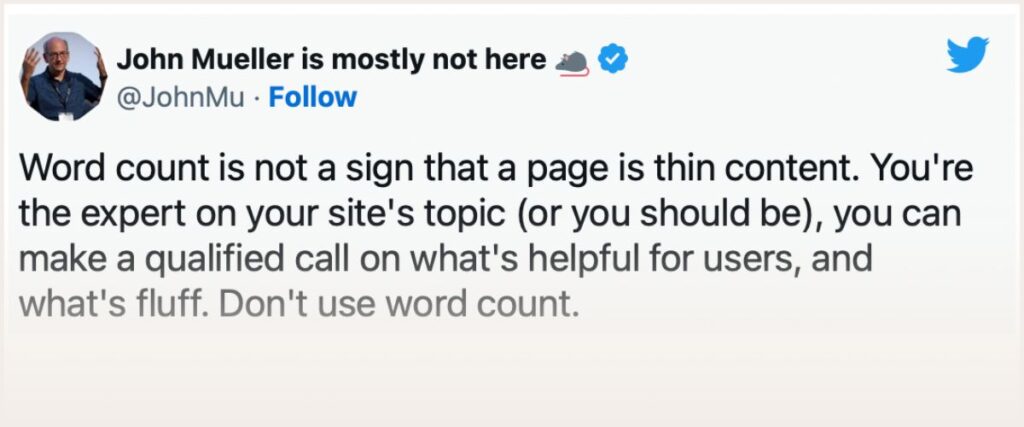
But generally, you won’t be able to fit in enough content to make your blog really valuable if your post isn’t 1,500 words or longer.
Now, you might be thinking, “Won’t I give away too much for free?”
The answer is…no.
I explain why here:
14. Write engaging titles
Your titles play a BIG difference in your rankings.
After all, it’s the first thing people see when searching for your topic.
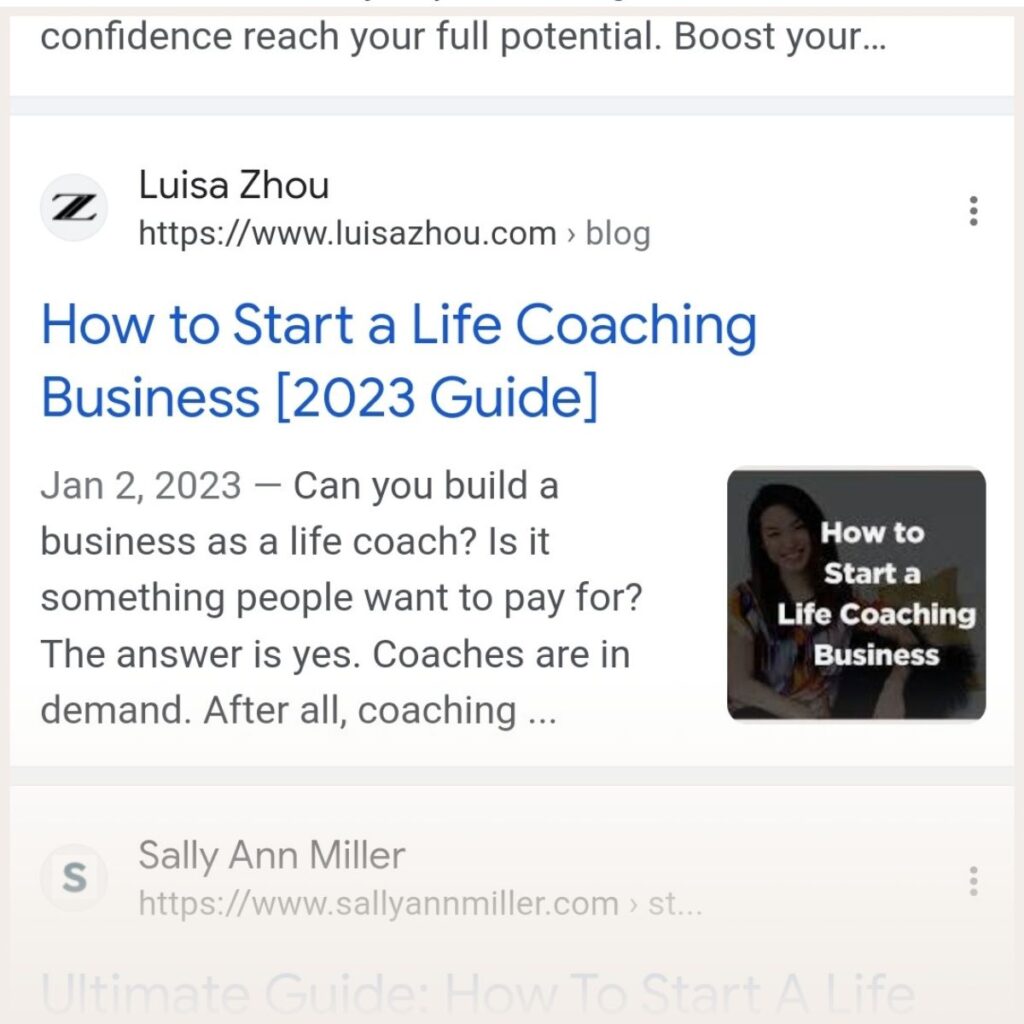
Two things: Include your keyword in your post title. But also make it interesting and relevant for the search query.
Look at the other headlines on the first page. Are they mostly “how to” or list posts (“31 ways to…”)? Then, chances are a similar post title will be the winning option.
15. Create an irresistible introduction
Your introduction is the first thing your readers see when they land on your blog post. And to keep them on your page, you’ll need to hook them quickly.
Instead of including a ton of content or getting right into explaining your topic, include a “hook” – a few sentences that explain what people will learn in your blog post.
Sort of what I do here:

16. Use a conversational voice
Ever made it through a research paper?
Yeah, if you really had to. But it’s not exactly enjoyable.
The same applies to blogs. Make it FUN for people to read your blog, not a chore.
How? Use a conversational tone – write like you speak. Literally type out your thoughts, include jokes, metaphors, whatever your style is.
The 4-Step Automatic Attraction System
for attracting more clients daily... without paid ads, social media, or "hustle"!
17. Use images to make your posts more readable
You know what’s even more boring than a blog post that reads like a research paper?
That’s right, a blog post that reads like a research paper without any images. (Because at least with images, your readers can skim through the boring text.)
People’s attention span is shorter than ever (Google has platforms like TikTok to compete with – it does NOT want to serve people with content they’re too bored to read).
Include images to your post – descriptive screenshots, personal images, or images from sites like Pexels or Unsplash.

18. Include subheadings
A simple, but effective, way to make your post more readable is to break up your text with subheadings.
Include enough of them – break up your text with a subheading or image between every chunk of 150-200 words of text.
19. Check the readability score of your content
Google looks at how readable and flowy your text is when it decides how well to rank your blog post. Fortunately, you can use simple tools to rate your text before you hit publish such as Hemingway Editor.
Overall, use simple words, active voice, short paragraphs, and most importantly…make it sound like you.
20. Use a grammar checker
Another thing Google looks at is grammar.
Use a tool like Grammarly to check your typos before publishing.
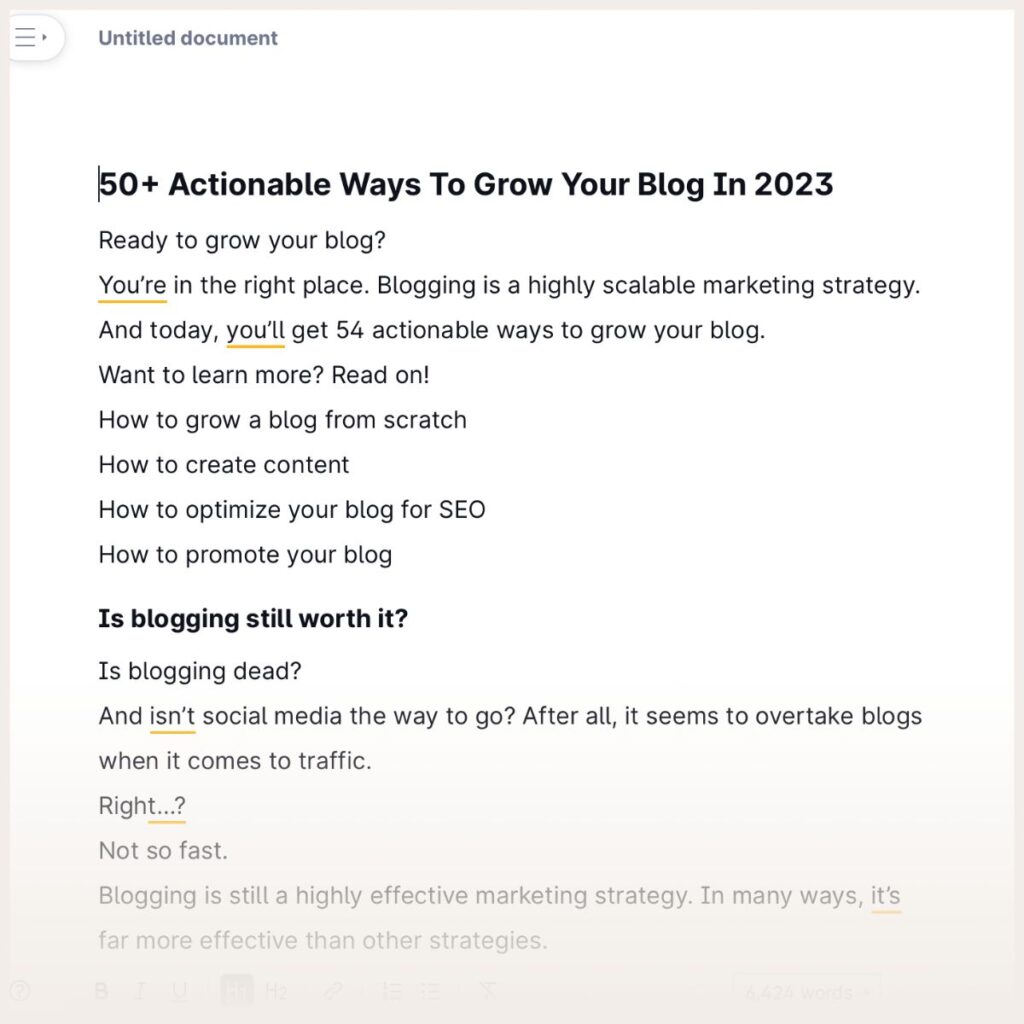
21. Include videos
Have a YouTube channel or produce video content?
Then, including your videos in your content is a must.
You see, 78% of marketers say that video helps increase sales. But adding videos will also help increase engagement, so that people stay on your page longer while lowering your bounce rate.
I always include at least a few YouTube videos in my content. Besides making my text more engaging, these videos help me add more of my personality and personal touch to my blogs.

By the way, if you want to create more video content, but are not sure how, I share the steps here:
22. Use numbered and bulleted lists
Google gives more search real estate to some results.
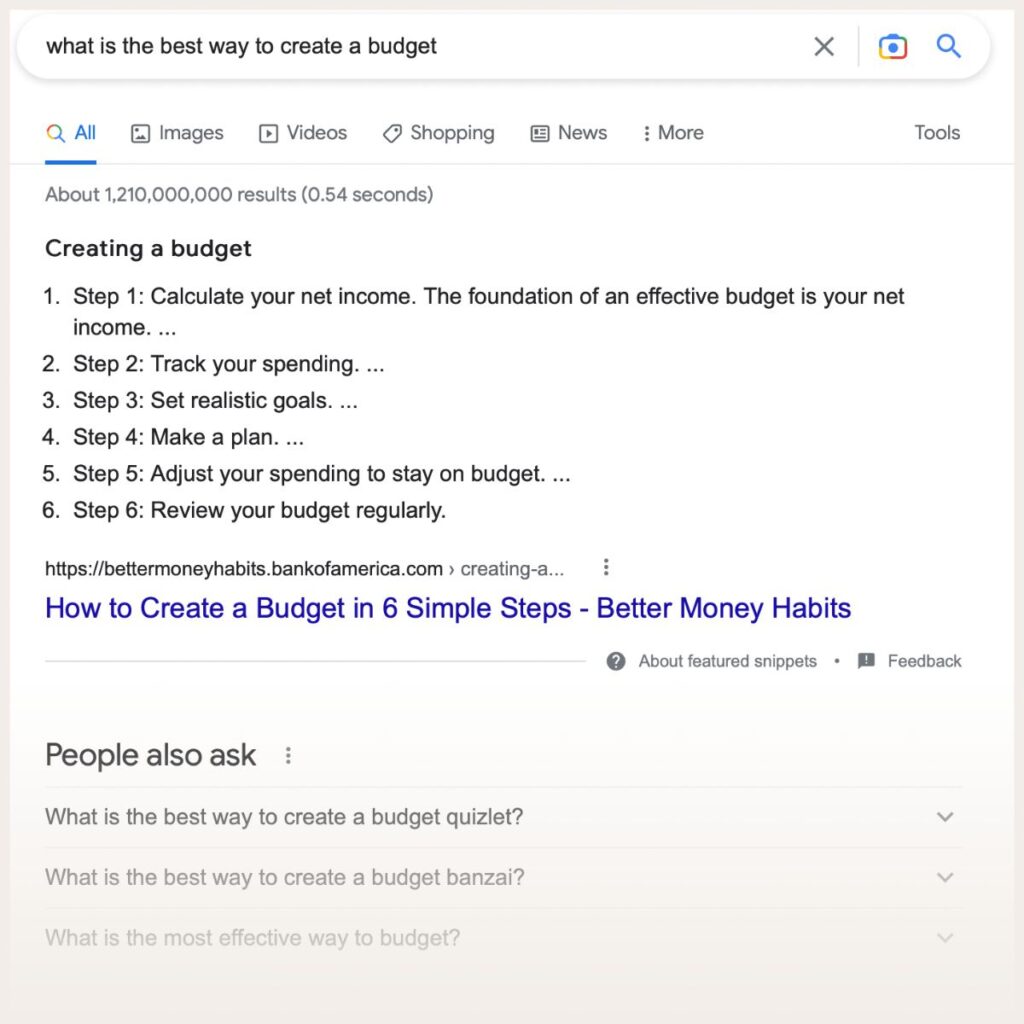
Why is that? Because it wants to make it easy for people to find answers.
These are called “featured snippets.” And they get a lot more traffic. You see, they account for 35.1% of all clicks.
Not all queries include them, but you can easily figure out if the keyword you target does. Simply google your keyword and take a look at what the results look like.
Some of the most common featured snippets are numbered and bulleted lists. Include these in your content to make it stand out in search results.
23. Add a call to action
How do you get people to engage and take the next step?
Use a call to action (CTA) – a sentence or two that encourages people to take action.
One way is to include opt-in forms to encourage people to sign up for your email list (or hop on a call, sign up for a test…whatever that might be).
Another is to sprinkle them in your content and especially at the end. I always conclude with a question that asks people to write in the comments, but you could also conclude by asking people to join your webinar, buy your product, or join your social media.
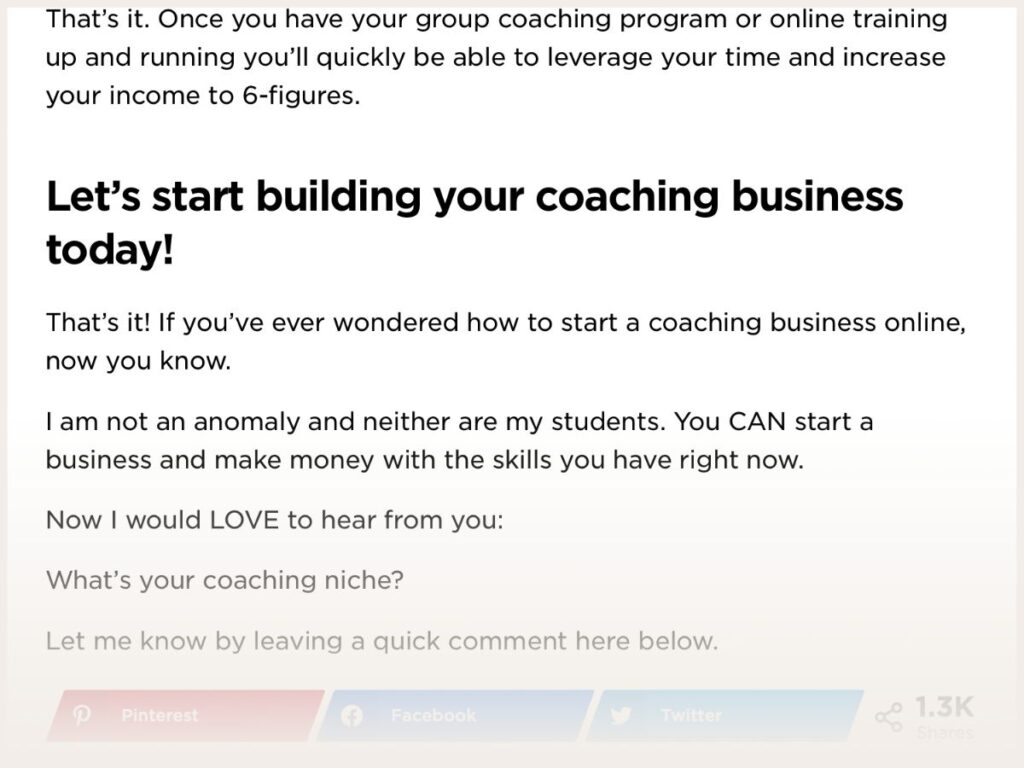
A few ideas include:
- Write in the comments.
- Read a follow-up post
- Watch this video
- Sign up for my mailing list
- Share this post with a friend
24. Use short paragraphs and sentences
Your writing should be easy to read. One of the easiest ways to improve your writing is to use short paragraphs and sentences.
I aim for a maximum of three sentences in a paragraph. Rules are there to be broken, though, so it’s not like I never do things differently. But as a general rule, this works great for including lots of white space in my articles, which makes them so much easier to read.
25. Avoid jargon
Anyone else who can’t stand jargon?
I thought so. That’s not to say you can’t use industry terminology (you should!). But those “buzzwords” in your niche…leave them out.
That said, also industry terminology needs proper explanations, especially if your audience is newer to your topic.
26. Include social proof
Did you know that 95% of people trust social proof when buying a product? And 40% trust online reviews as much as personal recommendations?
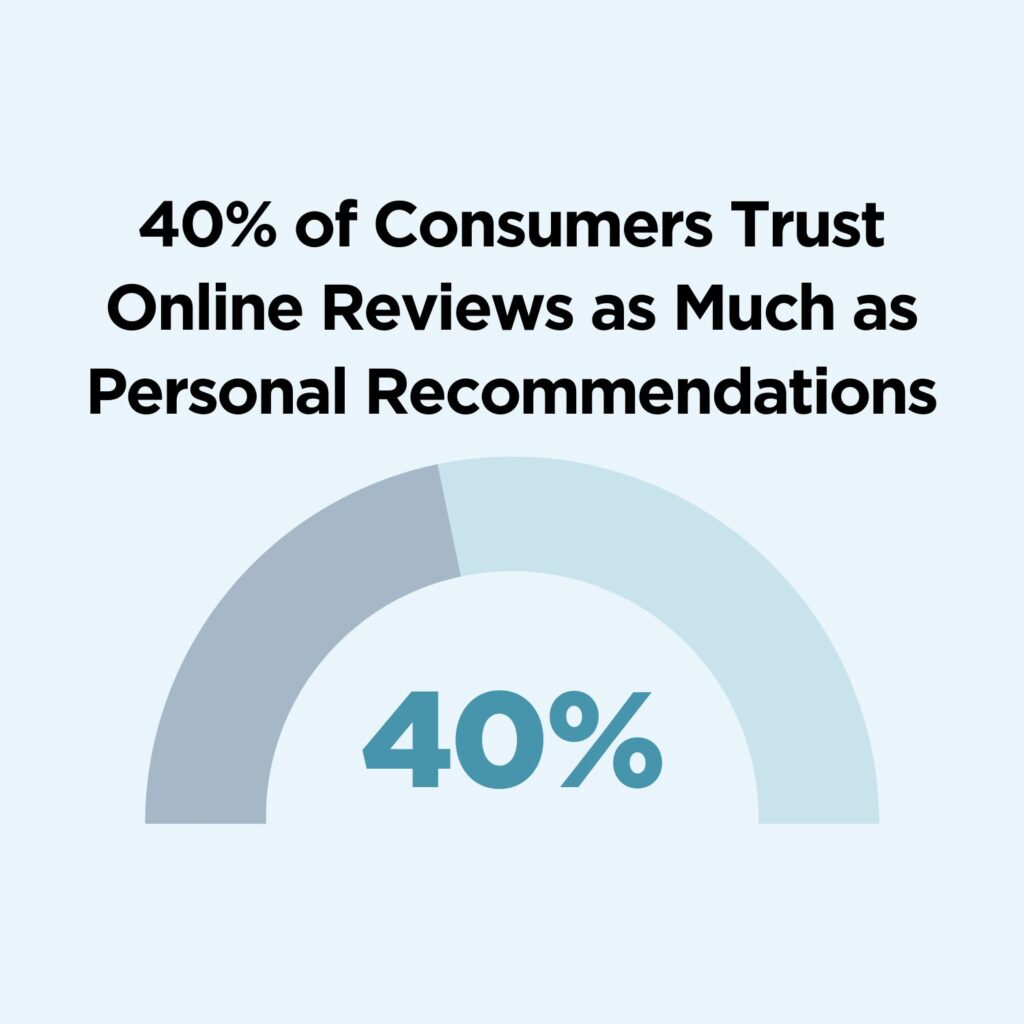
One way of using “social proof” in your content is to include user-generated content, like reviews, testimonials, screenshots of blog comments, Instagram posts, and so on.
Showing (not telling) that your products or services work builds your credibility. And with social proof, your audience is more likely to trust you.
27. Hire a freelance writer
Feel content writing isn’t your strong suit?
That you don’t have time?
Once you have a bit of traffic coming to your site, maybe you’ve made a few sales…that’s when it’s time to start looking for freelance writers.
You could look in online groups you’re a part of or on freelance platforms like Upwork.
And those are my best tips for how to publish content your website visitors will love. But how do you make your site rank high in search engines? Let’s find out.
How to optimize your blog posts for search engines
One skill you must have to grow your blog? To optimize it so that you capture people searching for your content on search engines.
In this short video, I share the strategy I use:
Here are the specific steps:
28. Focus on one keyword per post
We talked about how to do keyword research. Let’s deepen that knowledge with a new phrase: Keyword cannibalization.
Keyword cannibalization means two or more articles are ranking for the same keyword from the same website.
In theory, this is a great thing. But in reality, being your own competition for a keyword can hurt your chances of rising to the top of Google because those articles “eat” each other.
Plus, trying to target lots of similar keywords (“best places to…”, “top places to…”) is something Google doesn’t like…at all.
The solution? Focus on one keyword per article. If you have more than one article that covers the same topic, rewrite them to combine the two articles into one.
You’ll end up with a better, longer piece of content that answers the search query more accurately.
29. Use related keywords in your section headers
Google is a robot. As such, it can’t really understand your text without context.
How do you give it context?
With related searches. These are suggestions that Google gives you at the bottom of your search results.
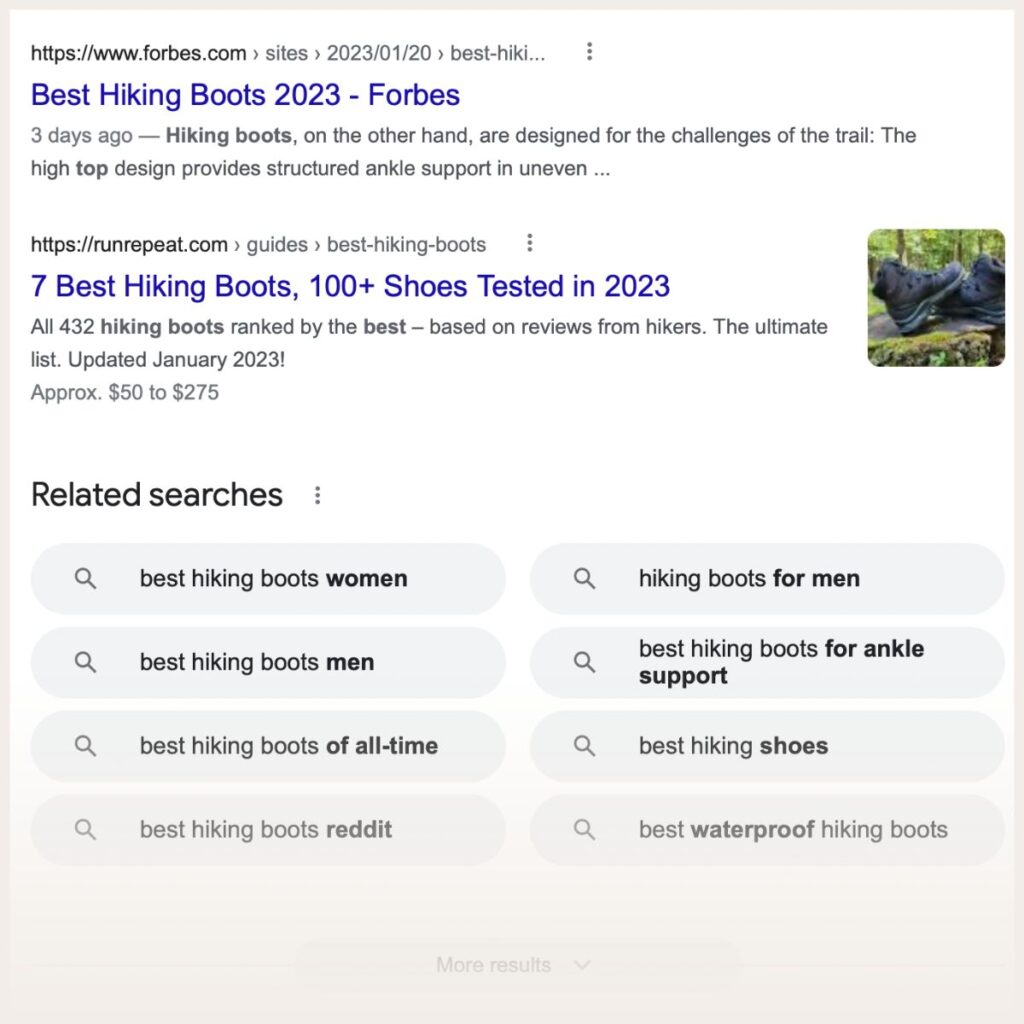
Because they’re related to your keyword, they give context to Google. Try using them in headings or mentioning them in sentences at least once.
30. Answer the questions in the “people also ask” section
Another Google search section to target is the “people also ask” section.
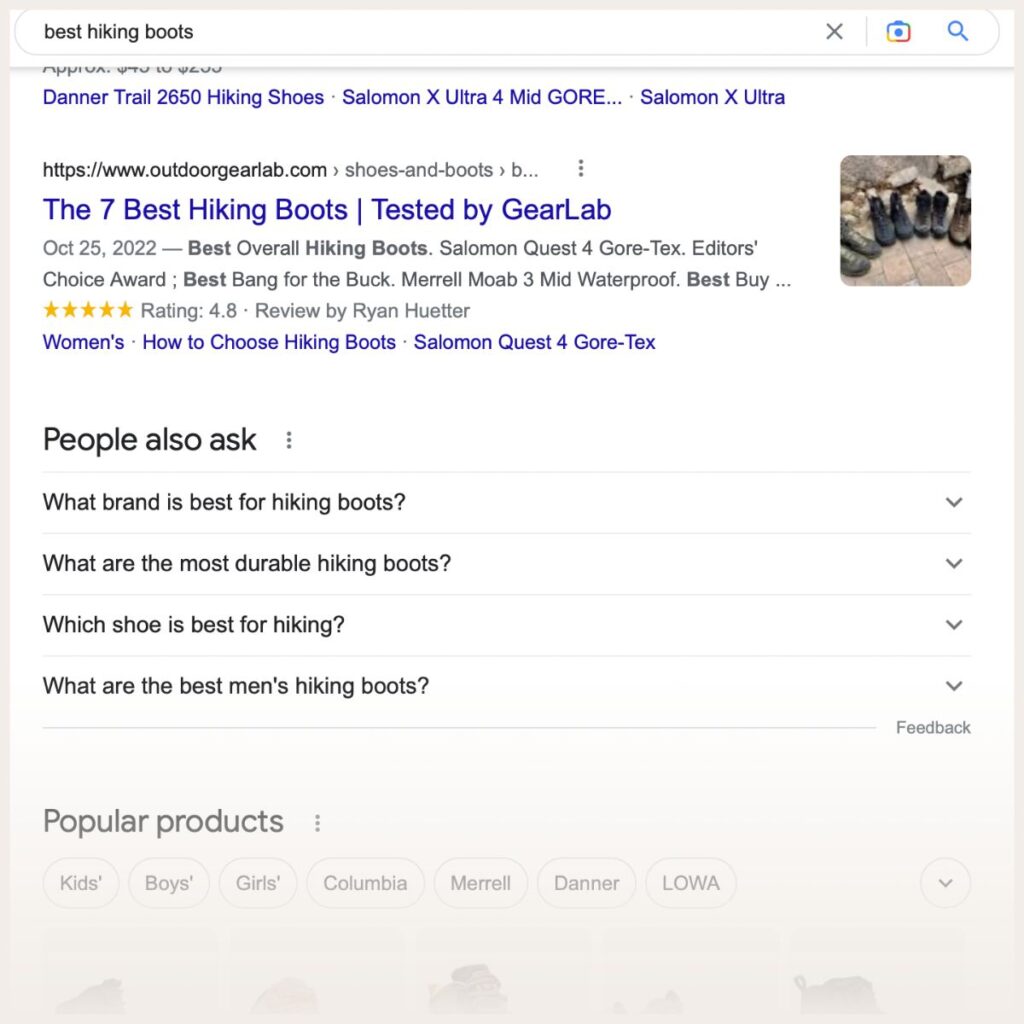
These questions make great headings. Similar to the related keywords, answering them in the text signals to Google that your blog covers a lot.
It also increases your article’s chances of becoming a featured snippet. If you have the best answer with the most traffic, Google will use YOUR answer for the people also ask section. And that’s how you attract new readers and more traffic.
31. Sprinkle keywords throughout your blog post
A decade ago, you could rank high by just stuffing your blog posts full of keywords. Not so much anymore.
To grow your blog, you’ll still add your target keyword to your blog posts. But only when it naturally fits in.
A few places to place your keyword are:
- The title
- The intro
- At least one heading
- Twice in the body of the text
- The conclusion
The biggest thing, though, is to focus on writing a great article.
The 4-Step Automatic Attraction System
for attracting more clients daily... without paid ads, social media, or "hustle"!
32. Make sure your blog is responsive on mobile devices
Did you know that 58.9% of web traffic is on mobile?
And that number is going up.
In this day and age, you must make sure that your website is optimized for mobile
A great tool is Google’s Mobile Friendly Test.
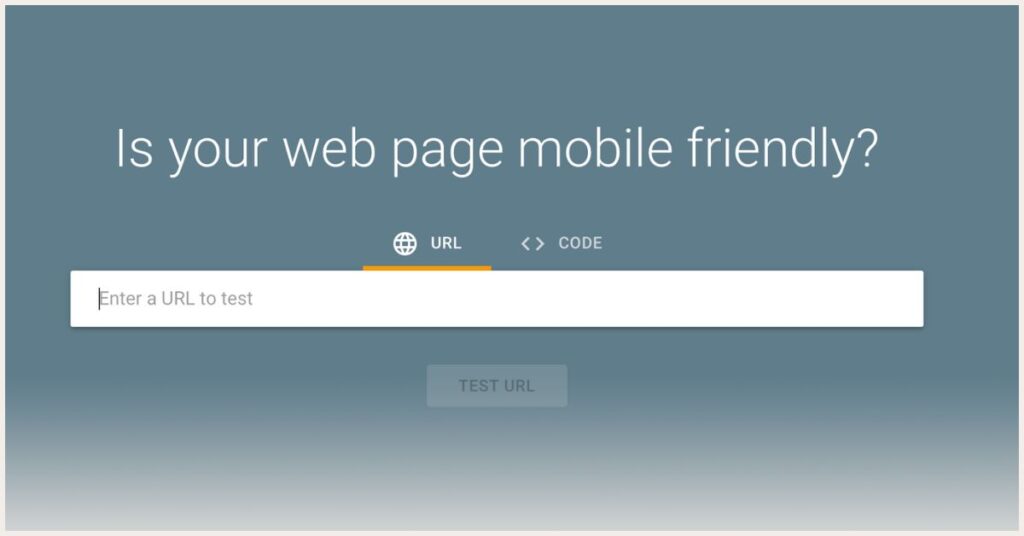
33. Customize your URLs
Another thing to optimize is your URLs.
The best URLs are short and include your keyword (without being over-optimized).
For example:
www.domain.com/your-blog-topic
Use the same structure for all your blog posts.
34. Optimize your page speed
Moving on to more technical things, let’s talk about page speed.
You see, Google wants your blog to perform well. Otherwise, if websites load slowly and are in general difficult to use, people will just stop using Google.
That’s why page speed is a critical element for your blog’s growth.
The good news is, page speed is pretty easy to improve once you know how. Here are some tips:
- Compress your images before uploading them to your blog (use a tool like TinyPNG)
- Embed YouTube links instead of full videos to your posts
- Enable browser caching
And to get a page speed score and specific steps to optimize page speed, use Page Speed Insights.
35. Create image alt tags
Image alt tags sound technical but they’re just labels. They’re internal labels that tell Google what the image is about.
Google can’t automatically understand images (again, it’s a robot). You have to tell it – and that’s what you do with alt tags.
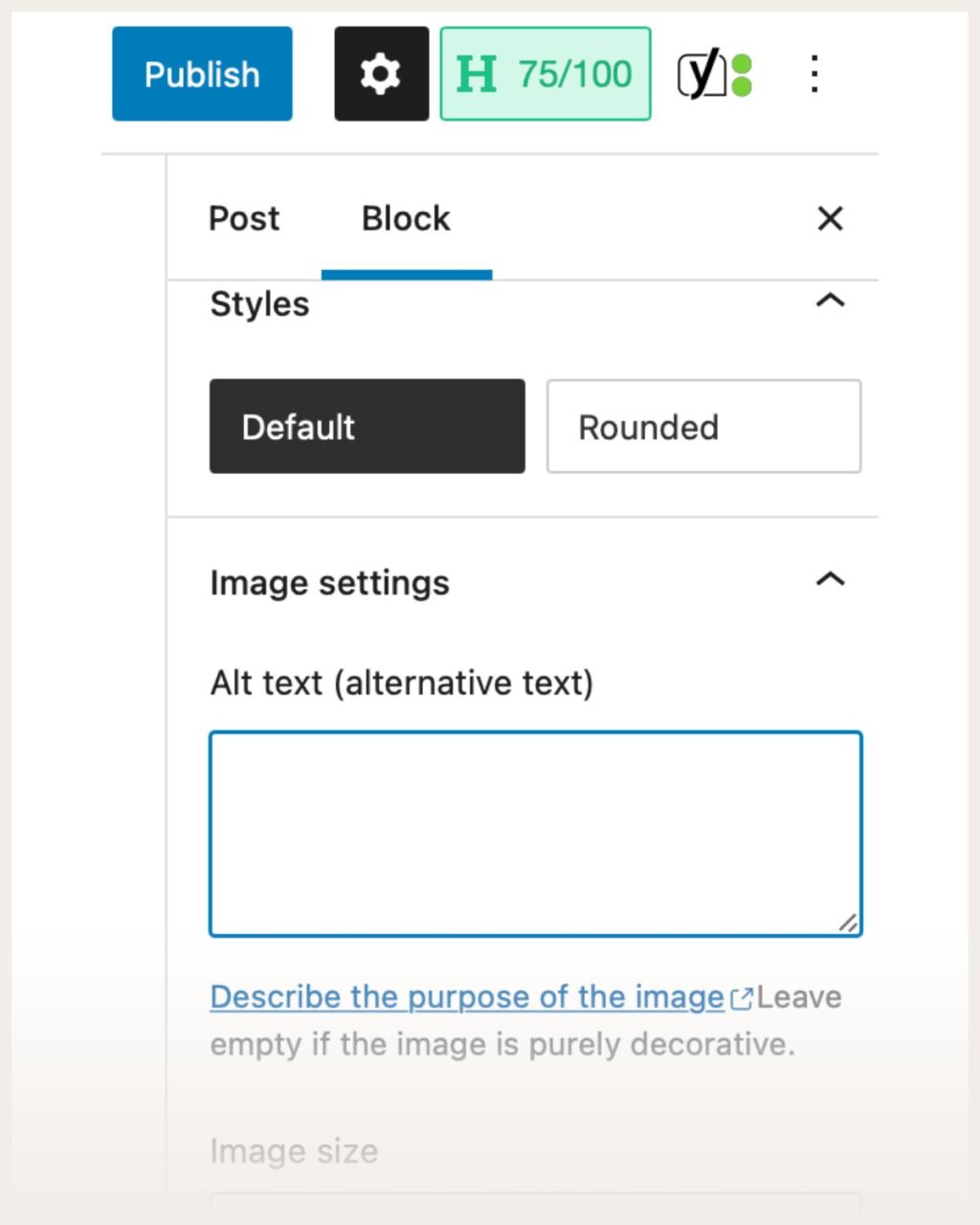
Essentially, your alt tags are short image descriptions. If you can, include your target keyword in at least one of them.
36. Write engaging meta descriptions
When you search for something, you’ll only see two elements of a blog post in the search results – the title and meta description.
Meta descriptions are short descriptions you can use to pull in more readers from Google. On the other hand, if your meta description fails to engage them, they might decide to check out other blog posts, which will hurt your rankings.
My advice? Keep this section around 130 characters and make it stand out. For SEO purposes, add your target keyword into the text naturally. But, as always, don’t keyword stuff.
37. Add internal links to your posts
Next, let’s talk about one of the easiest ways to boost your blog visibility: Internal links.
Internal linking is when you hyperlink a phrase in your blog article and link it to one of your previous blogs. This creates a network of links within your website and boosts its visibility.
Internal links also encourage your audience to read more of your blogs, thus increasing dwell time.
Next up: Backlinks.
38. Create a guest blogging strategy
Backlinks are links from other websites linking to your site.
Now, Google sees these links as “votes” that increase your website’s domain authority. A higher domain authority means that you’re able to compete with other websites in the search results.
The more relevant and the bigger the linking website, the better. As I’ve been featured on sites like Forbes and Business Insider, those links are great “votes” for my website:
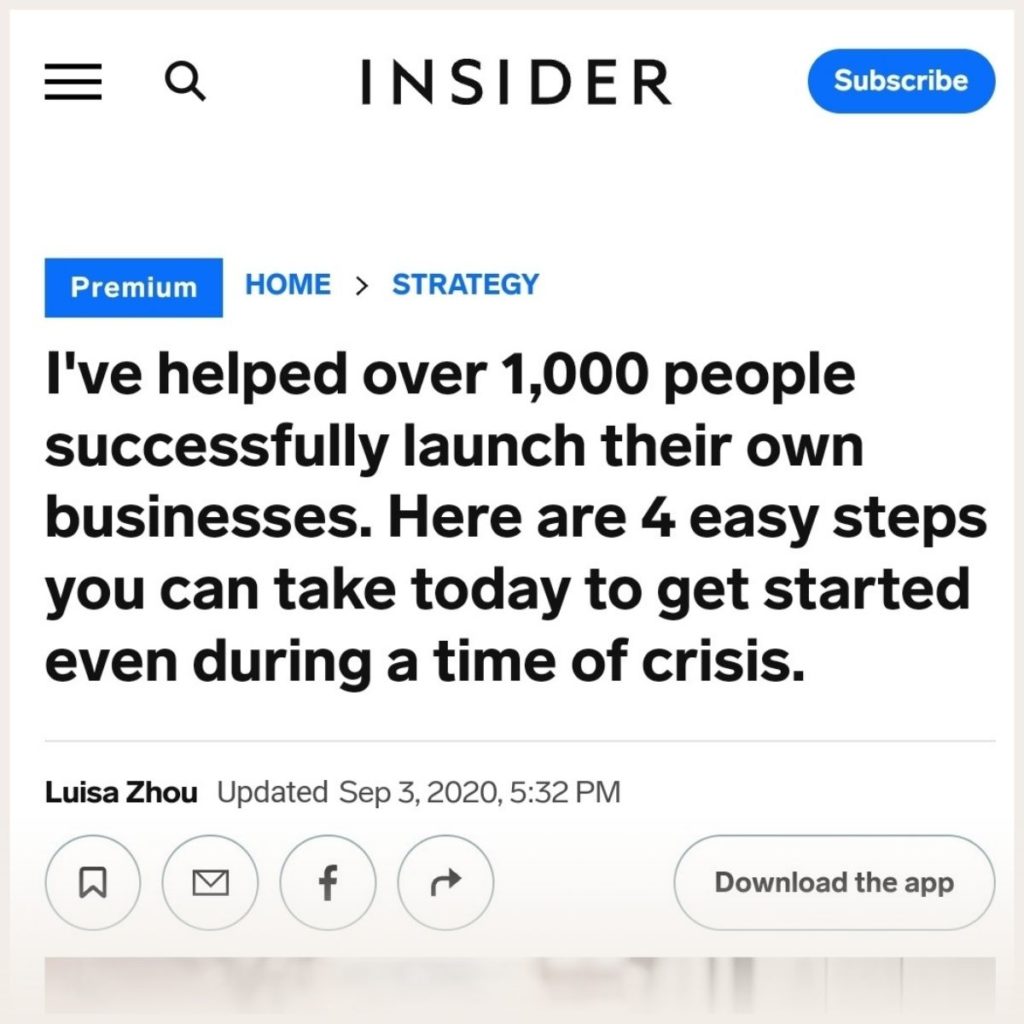
One backlink building strategy is to write guest posts. Guest blogging is an effective strategy for building backlinks and attracting more readers to your blog. If the other blog has lots of active readers, all the better.
However, you shouldn’t use guest blogging without any strategy. Only target guest post sites you actually want to get featured on, and that are preferably relevant to your industry. Being featured on Eater.com is great if you’re a restaurant – not so much if you’re a life coach.
Otherwise, Google might punish your website for using guest blogging. You see, too many websites used this strategy to publish spammy guest posts and so Google started being more cautious about giving guest post links any meaning.
But if you’re publishing your guest post on a credible website and it serves other purposes than just building your SEO (building your blog readership, brand, and so on), you’re good to go.
39. Pitch podcasts
Want another backlinking strategy? Podcasts are a goldmine right now. And they’re great for promoting your expertise.
Again, focus on podcasts that speak to your audience. This is an opportunity to not only grow your blog but market your business to potential customers.
I used this strategy to get featured on podcasts like So Money early on when I first started my business:

When you pitch podcasts, make sure to use personalized and tailored emails. Highlight your expertise and the value you bring. What topics would this podcast’s audience love?
Once you’ve recorded the podcast interview, ask that the host adds your links to the show notes. That’s how you’ll get your backlink.
40. Use HARO to get backlinks to your website
Beyond guest posting and podcasting to build backlinks, here’s another great method: HARO.
HARO is a website for journalists to seek story sources. It stands for Help A Reporter Out. You can get featured in major publications around the world simply by answering journalists’ queries.
This is a great way to position yourself as a thought leader and expert in your field. On top of that, you get a backlink from a high authority, high-traffic website.
41. Regularly update your blog content
Want a simple way to grow your blog? Make sure that all of your blog content is current and up to date.
Keeping your blog up to date makes it more valuable. It also signals to Google that your content is fresh, which helps with your SEO overall.
Go through your content at least once a year and edit it. Add any new research and remove outdated content. The fresher and more relevant your content, the better.
And that’s how to grow your SEO, let’s take a look at other promotional strategies.
How to promote your own blog
Now you know how to grow your blog with SEO. While organic search traffic is the most sustainable long-term strategy, it also takes time to build.
That’s why you’ll need to know how to share your blog to get some upfront traffic. Let’s find out how.
42. Decide on your main social media channels
Similarly to a blog, it can take time to build a large social media audience. But there’s one thing that slows down your progress. And that’s when you’re trying to master too many social media platforms at once.
If you try to be everywhere, you end up not building a solid audience on any platform.
Instead, focus on one social media platform where you can pour all of your energy. Whether that’s YouTube, TikTok, Instagram, Facebook, Reddit, or LinkedIn – look at where your audience is.
43. Add social media sharing buttons to your posts
If you followed my advice on how to write content, people who come to your website will likely say things like… “This is exactly what I’ve been looking for.”
And then they might want to share your content.
Especially if you make it easy for them.
You see, most web platforms will have a way to add social sharing buttons to your blog posts. Or you can use a social sharing tool like AddThis.
Then, add calls to action in your blog post and/or your social media posts to encourage others to share.
44. Use Quora queries to promote your blog
Quora is a place where anyone can answer other people’s questions. It’s part discussion forum, part Q&A platform.
What’s more, Quora answers often rank for SEO keywords:
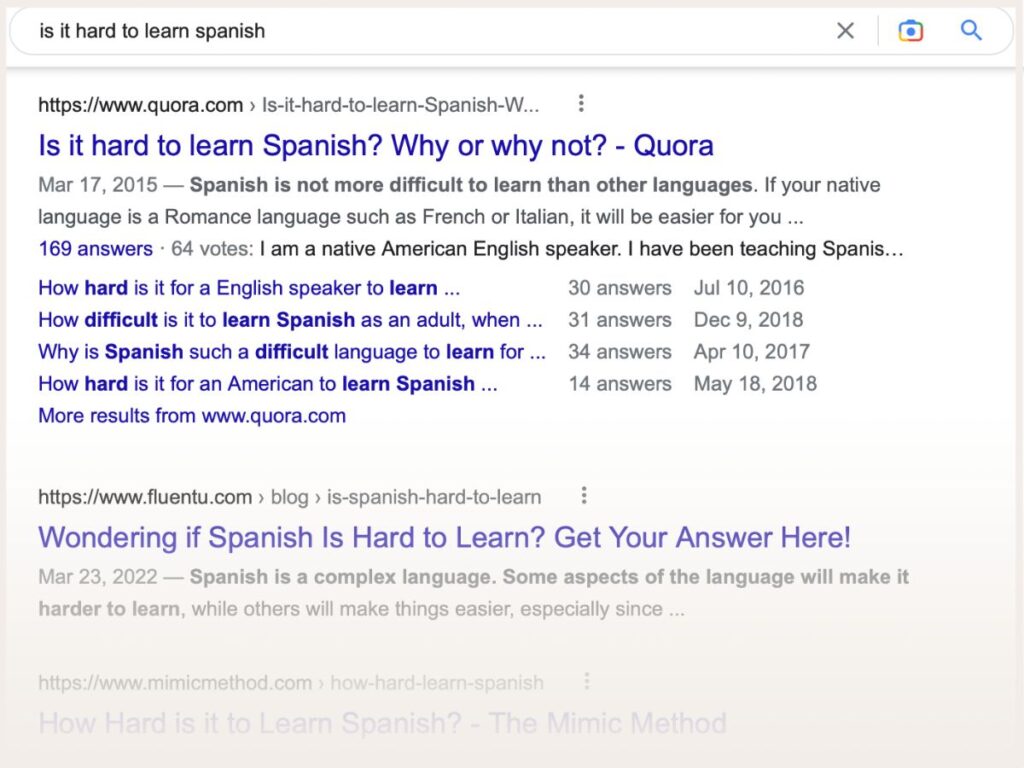
You can tap into Quora’s audience and Google to promote your blog.
Go to Quora and start researching relevant topics to find questions that are lacking a substantial answer. When you write your answer, make sure to include keywords and enough content to help your answer rank on Google.
45. Promote your blog posts on Pinterest
Pinterest is often overlooked by bloggers. But if you write any kind of blogs for your business, you’re missing a major traffic source.
There are over 400 million active monthly users on Pinterest. If your business caters to women, Pinterest is even more relevant as a marketing tool. 76.7% of users on Pinterest are female.
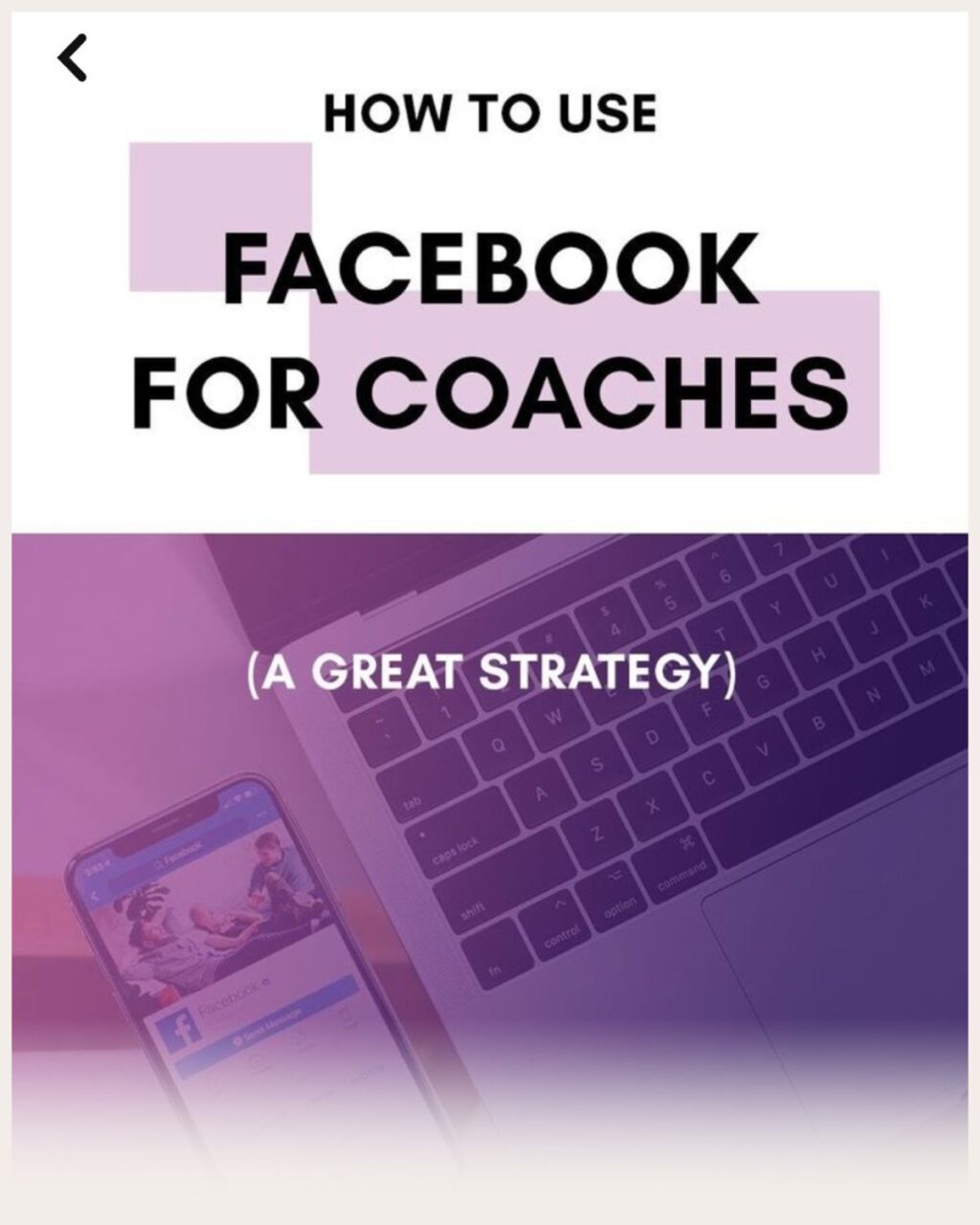
But how do you tap into the Pinterest market to grow your blog?
Start creating pins that you add to Pinterest. Canva is a great tool for creating your pins.
46. Boost your Instagram following
Instagram is one of the largest social media platforms in the world. If you already have an Instagram following or want to build one because that’s where your audience is, you could use it to expand your blog readership.
There are a number of ways of doing this:
- When you create new blog posts, link to them in your stories using the link icon
- Use a scheduler like Later to link your grid posts to your blog articles
- If you have an eCommerce website, enable the shop function on Instagram so that people can go to the link for the item directly from your Instagram
- Use the link in the bio feature to publicize your latest blog post or create a Linktree with several linkbacks to your website
In this short video, I explain more about what it takes to grow your Instagram:
47. Create valuable LinkedIn articles
LinkedIn is a great place to build a name for your brand, especially if your audience consists of professionals.
You can either write articles on LinkedIn (just don’t copy-paste your own blog’s blog posts because you run into duplicate content issues, which could hurt your SEO)…
Or share posts that promote your blog.
48. Become a thought leader on YouTube
I’ll admit it: Starting a YouTube channel is not for everyone.
It takes equipment, time, editing skills, camera skills, and so much patience.
But if it IS for you, you can maximize your reach.
Also, you definitely don’t need professional gear from the start. You could get started using your phone or a simple webcam.
Once you have a few YouTube videos up, embed them on your blog.
You “vote” for your own YouTube videos, while at the same time increasing your blog engagement.
Here’s a bit more on how to use YouTube:
49. Make time to engage with your audience
As a thought leader and content creator, your blog readership is everything. They buy your products, sign up for your mailing list, and consistently come back for more of your content.
To maintain the trust you build with your blog subscribers, interaction is key.
You could…
Answer as many comments as you can…
Incorporate content suggestions into your future ideas…
Share truly valuable content that helps them improve in some way.
All of these techniques help to strengthen your relationship with your tribe. In turn, you’ll get more clicks and views on your articles.
50. Build a Facebook group around your blog niche
Facebook may be on the decline but Facebook groups are thriving! There is a community for every niche and it’s a great way to connect with potential customers and blog readers of your content.
You can join Facebook groups that are already established to build your name. OR position yourself as an expert and create your own private group.
It does take work to build a community. But if you make it an engaging space to share ideas and get information, eventually you’ll feel like the group is running itself.
You can also get ideas from your audience because you’ll have direct insight into the questions they have about the work you do. Write blog posts around these queries and share them in the group for guaranteed blog traffic.
51. Start your own podcast to accompany your blog
Maybe after being interviewed on a couple of podcasts, you’ve found you like the format.
If so, all you need to get started is a microphone and your computer. There are free platforms like Anchor to publish your podcast or you can host it on your website.
It takes consistency and great content to build a podcast. I wouldn’t recommend it without having a social media following too. Podcasts don’t grow organically as much as YouTube channels do. BUT when you find your audience, you can attract a dedicated following who want to hear from you.
52. Post your blog in online communities
Beyond social media groups, forums are a great way to find your audience. Places like Reddit can work well to build relationships and eventually share your blog. So always keep your ideal customer in mind when targeting forums.
How can you use forums to grow? There are two ways:
1. Answer people’s questions directly, raising your authority and sharing any content that answers the question.
2. Use the questions people ask as content ideas for your blog.
53. Interview industry leaders on your blog
So you’ve been interviewed on podcasts and guest posted on major publications. What if you now return the favor?
Interviewing major thought-leaders in your niche can draw eyes from across the internet. If you build a good relationship with the person, they might share your links with their audience which will give you an extra boost.
Pitching guest features to influencers and thought leaders doesn’t need to be difficult. Ask them for a short interview or include a simple, short quote from them in your article.
The 4-Step Automatic Attraction System
for attracting more clients daily... without paid ads, social media, or "hustle"!
Tailor your pitch to the size of the influencer and create a content format that will fit with their schedule. Even though someone has an audience they’ll want to promote their content – especially if they have something promote-worthy coming out, like a book.
54. Use paid advertising to grow your blog
Finally, let’s talk about paid advertising. Most of the tips on this list are organic ways of growing your blog. By that I mean you’re not relying on paid ads to gain more clicks.
That’s not because I’m against paid ads. They can be a good tool to increase your blog readership when your blog is new.
You essentially use a pay-per-click model where you pay for every click to your website. At least, that’s the model I recommend for getting new readers.
But while paid advertising can be effective in the short term, SEO and other organic traffic sources are still better in the long run. Because ultimately, there is a much higher ROI for SEO results in the long term.
Another thing to consider before you try paid ads – it’s not as easy as it looks. There’s a learning curve to making paid advertising work. So give yourself that time to properly understand Facebook ads and Google ads to see any tangible results.
That’s my last tip for growing your blog.
On a different note, I also want to encourage you to just get started.
It’s easy to get stuck in research mode. But growing your blog can start today.
In this short video, I share more about what it takes to snap out of perfectionism and start taking action:
Over to you!
Now you know how to grow your blog with SEO, social media, and beyond.
What it comes down to is taking consistent action.
I’d love to hear from you:
What type of business are you trying to grow by blogging this year?
Let me know in the comments below.








